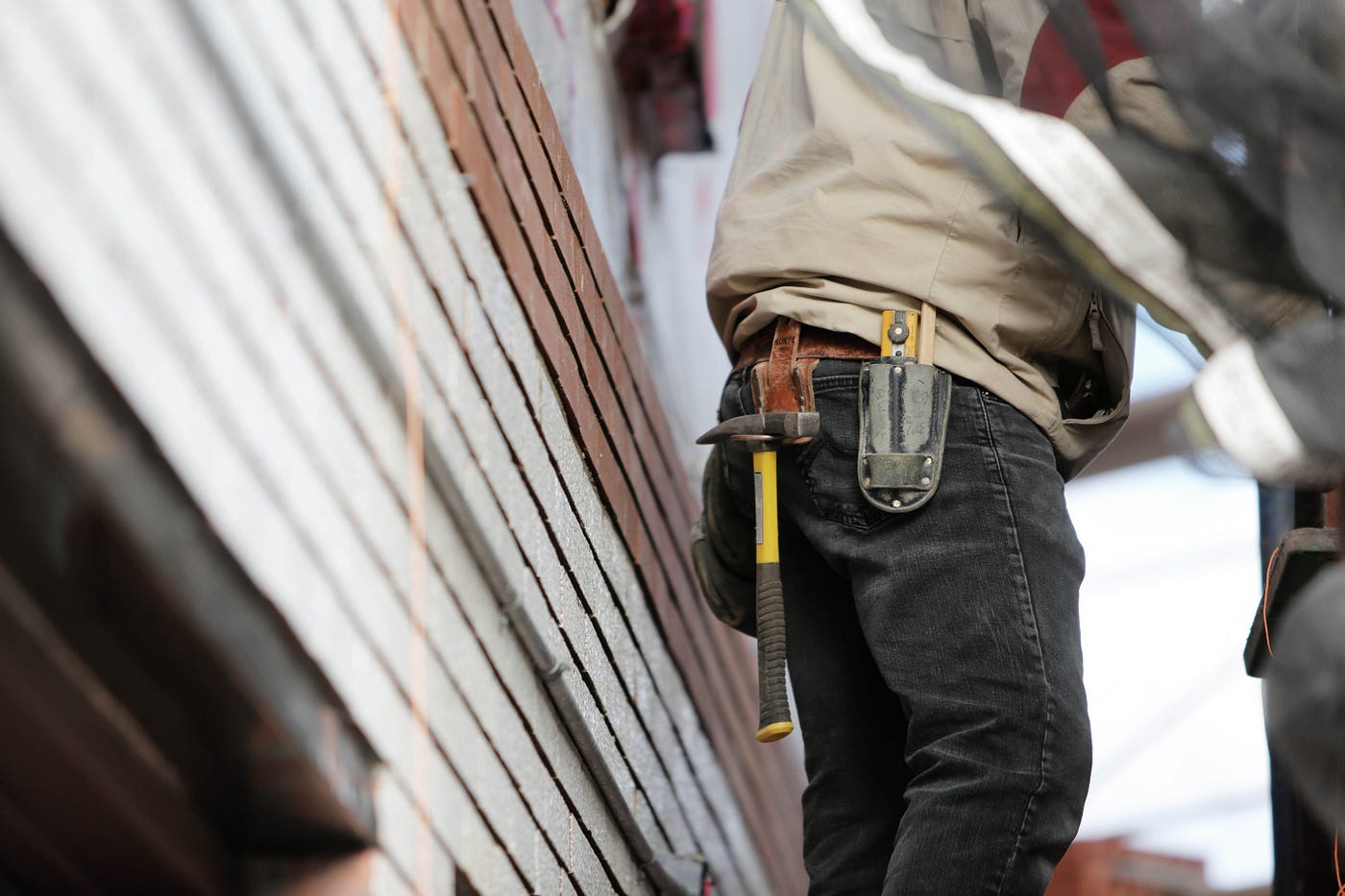

Articles
Why Is Uffi Insulation No Longer Used?
Modified: December 7, 2023
Discover why Uffi insulation is no longer used with our informative articles. Learn about safer, more effective alternatives in our comprehensive guides.
(Many of the links in this article redirect to a specific reviewed product. Your purchase of these products through affiliate links helps to generate commission for Storables.com, at no extra cost. Learn more)
Introduction
Welcome to our article on why UFFI insulation is no longer used. In the past, Urea Formaldehyde Foam Insulation (UFFI) was a popular choice for homeowners looking to improve energy efficiency and reduce heating costs. However, due to health concerns and regulatory changes, UFFI has fallen out of favor in the construction industry. In this article, we will explore the reasons behind the decline of UFFI insulation and discuss alternative options that are now widely used.
Key Takeaways:
- UFFI insulation fell out of favor due to health concerns about formaldehyde emissions, leading to stricter regulations and the rise of alternative, safer insulation options like fiberglass, cellulose, and spray foam.
- Homeowners and builders now have a wide range of alternative insulation options to choose from, offering improved thermal efficiency, reduced environmental impact, and eliminating the health concerns associated with UFFI.
Read more: Why Is Fiberglass Used In Insulation
What is UFFI Insulation?
UFFI, also known as Urea Formaldehyde Foam Insulation, was a type of insulation used in residential and commercial buildings during the 1970s and early 1980s. It consisted of a foam material created by mixing urea formaldehyde resin with a foaming agent. The resulting foam was then injected into walls, ceilings, and other areas to provide thermal insulation.
UFFI insulation had several advantages that made it attractive to homeowners and builders at the time. It had excellent insulating properties, helping to reduce heat loss and lower energy consumption. It was also easy to install, as it could be injected into cavities through small holes. Additionally, UFFI provided soundproofing benefits and acted as a barrier against air leakage.
However, despite its effectiveness as an insulating material, UFFI insulation encountered significant controversy and backlash, leading to its eventual discontinuation. The primary reason for this was the health concerns associated with UFFI.
When UFFI is exposed to moisture or high humidity, it can release formaldehyde gas into the surrounding environment. Formaldehyde is a volatile organic compound (VOC) that can irritate the respiratory system, leading to symptoms such as coughing, wheezing, and breathing difficulties. Prolonged exposure to formaldehyde has also been linked to more severe health issues, including respiratory conditions and certain types of cancer.
Health Concerns and Regulations
The health concerns associated with UFFI insulation were a significant factor in its decline and subsequent discontinuation. As mentioned earlier, formaldehyde emissions from UFFI were a cause for concern, especially in enclosed spaces such as homes and buildings.
In the 1970s, reports started emerging about individuals experiencing health problems related to the installation of UFFI insulation in their homes. Many complained of respiratory symptoms and allergic reactions linked to formaldehyde exposure. These reports sparked public concern and prompted government agencies to take action.
In response to the growing concerns, regulatory bodies in various countries, including Canada and the United States, introduced strict guidelines and regulations regarding the use of UFFI insulation. These regulations sought to limit formaldehyde emissions and protect the health and safety of occupants.
For instance, in the United States, the Consumer Product Safety Commission (CPSC) issued a rule in 1982 that required UFFI manufacturers to limit formaldehyde emissions to an acceptable level. However, despite these attempts to regulate and monitor UFFI insulation, public perception of the product had already been tarnished. Homeowners began seeking alternative insulation options that provided similar thermal benefits without the associated health risks.
It is important to note that while UFFI insulation has been discontinued, there may still be buildings today that contain UFFI insulation installed before the regulations were implemented. If you suspect that your home or building has UFFI insulation, it is recommended to consult with a professional and consider appropriate measures to mitigate any potential health risks.
Uffi insulation is no longer used due to concerns about formaldehyde emissions and its potential to deteriorate over time, leading to health and safety risks. Consider alternative insulation options such as spray foam or cellulose.
Decline in Popularity
Due to the health concerns surrounding UFFI insulation and the introduction of stricter regulations, the popularity of UFFI declined significantly. Homeowners and builders began seeking alternatives that provided similar energy efficiency benefits without the associated health risks.
One of the main factors contributing to the decline in popularity was the negative publicity surrounding UFFI. Media reports and public awareness campaigns highlighted the potential health risks associated with UFFI, causing a significant decline in consumer confidence. Homeowners became reluctant to use UFFI insulation, fearing the potential health implications for themselves and their families.
Additionally, the regulatory changes requiring UFFI manufacturers to limit formaldehyde emissions made the production and installation of UFFI more complex and costly. This, coupled with the negative perception and decreased demand, led many manufacturers to discontinue the production of UFFI insulation.
As UFFI fell out of favor, alternative insulation options became more widely available. Building materials such as fiberglass, cellulose, and spray foam insulation gained popularity as they provided excellent thermal insulation properties without the associated health risks. These alternatives offered homeowners and builders a range of choices, allowing them to select insulation materials that best suited their needs and preferences.
Furthermore, advancements in insulation technology led to the development of more efficient and eco-friendly insulation materials. Options such as rigid foam insulation, reflective insulation, and blown-in cellulose emerged as viable alternatives to UFFI, offering improved energy efficiency and enhanced environmental sustainability.
Overall, the decline in popularity of UFFI insulation can be attributed to the health concerns raised by formaldehyde emissions, stricter regulations, negative publicity, and the availability of alternative insulation materials that provided similar benefits without the associated risks.
Alternative Insulation Options
With the decline in popularity of UFFI insulation, homeowners and builders now have a wide range of alternative insulation options to choose from. These options offer improved thermal efficiency, reduced environmental impact, and eliminate the health concerns associated with UFFI. Here are some popular alternatives:
- Fiberglass Insulation: This is one of the most common and widely used insulation materials. It is made of glass fibers and is available in batts, rolls, or blown-in forms. Fiberglass insulation is affordable, easy to install, and provides excellent thermal performance.
- Cellulose Insulation: Made from recycled paper materials treated with fire-retardant chemicals, cellulose insulation is an environmentally friendly option. It is often installed as loose-fill in attics and wall cavities, offering good thermal and sound insulation properties.
- Spray Foam Insulation: This type of insulation is applied as a liquid that expands and hardens into a foam, creating a tight seal. Spray foam insulation is highly effective at reducing air leakage and providing high insulation value. It can be used in various areas, including walls, roofs, and foundations.
- Rigid Foam Insulation: Also known as foam board insulation, rigid foam is available in panels or sheets made from polystyrene, polyisocyanurate, or polyurethane. It offers excellent insulation and can be used on exterior walls, foundations, and roofs.
- Reflective Insulation: Reflective insulation consists of a reflective foil layer that reflects heat away from the home. It is often used in attics, roofs, and walls to improve energy efficiency and reduce radiant heat transfer.
These are just a few examples of the alternative insulation options available today. Each option has its own advantages and considerations, and the choice will depend on factors such as budget, climate, and specific insulation needs.
It is important to consult with insulation professionals or contractors to assess your insulation needs and determine the best option for your home or building. They can provide expert advice on selecting the most appropriate insulation material and ensuring proper installation for optimal energy efficiency and comfort.
Read more: Why Is Glass No Longer Recyclable
Conclusion
In conclusion, UFFI insulation, also known as Urea Formaldehyde Foam Insulation, is no longer used due to health concerns and regulatory changes. While UFFI provided excellent thermal insulation properties, it also emitted formaldehyde gas when exposed to moisture or high humidity, posing health risks to occupants. Reports of respiratory symptoms and allergic reactions associated with UFFI insulation led to public concern and prompted government agencies to introduce stricter regulations.
The decline in the popularity of UFFI was further fueled by negative publicity and the availability of alternative insulation options. Homeowners and builders sought insulation materials that offered similar energy efficiency benefits without the health risks. Alternative insulation options such as fiberglass, cellulose, spray foam, rigid foam, and reflective insulation gained popularity for their improved thermal performance, reduced environmental impact, and elimination of health concerns.
It is important for homeowners and builders to carefully consider their insulation choices, taking into account factors such as cost, thermal efficiency, environmental impact, and health considerations. Consulting with insulation professionals or contractors can provide valuable insight into the most suitable insulation material for a specific project.
In summary, UFFI insulation has become obsolete due to its health risks and the availability of alternative insulation options that offer improved performance and safety. By understanding the history and reasons behind UFFI’s decline, individuals can make informed decisions when it comes to choosing the right insulation for their homes and buildings.
Frequently Asked Questions about Why Is Uffi Insulation No Longer Used?
Was this page helpful?
At Storables.com, we guarantee accurate and reliable information. Our content, validated by Expert Board Contributors, is crafted following stringent Editorial Policies. We're committed to providing you with well-researched, expert-backed insights for all your informational needs.
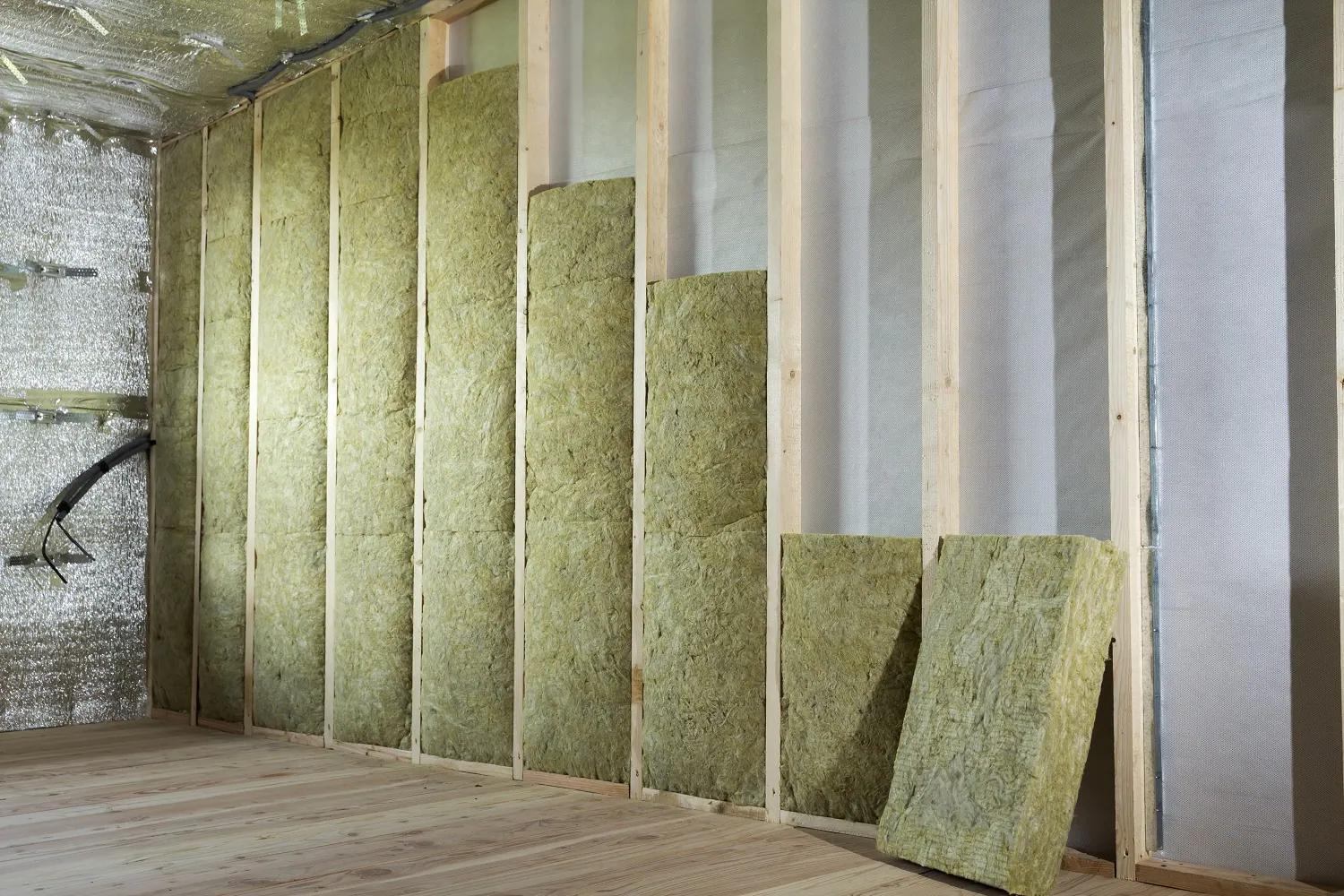
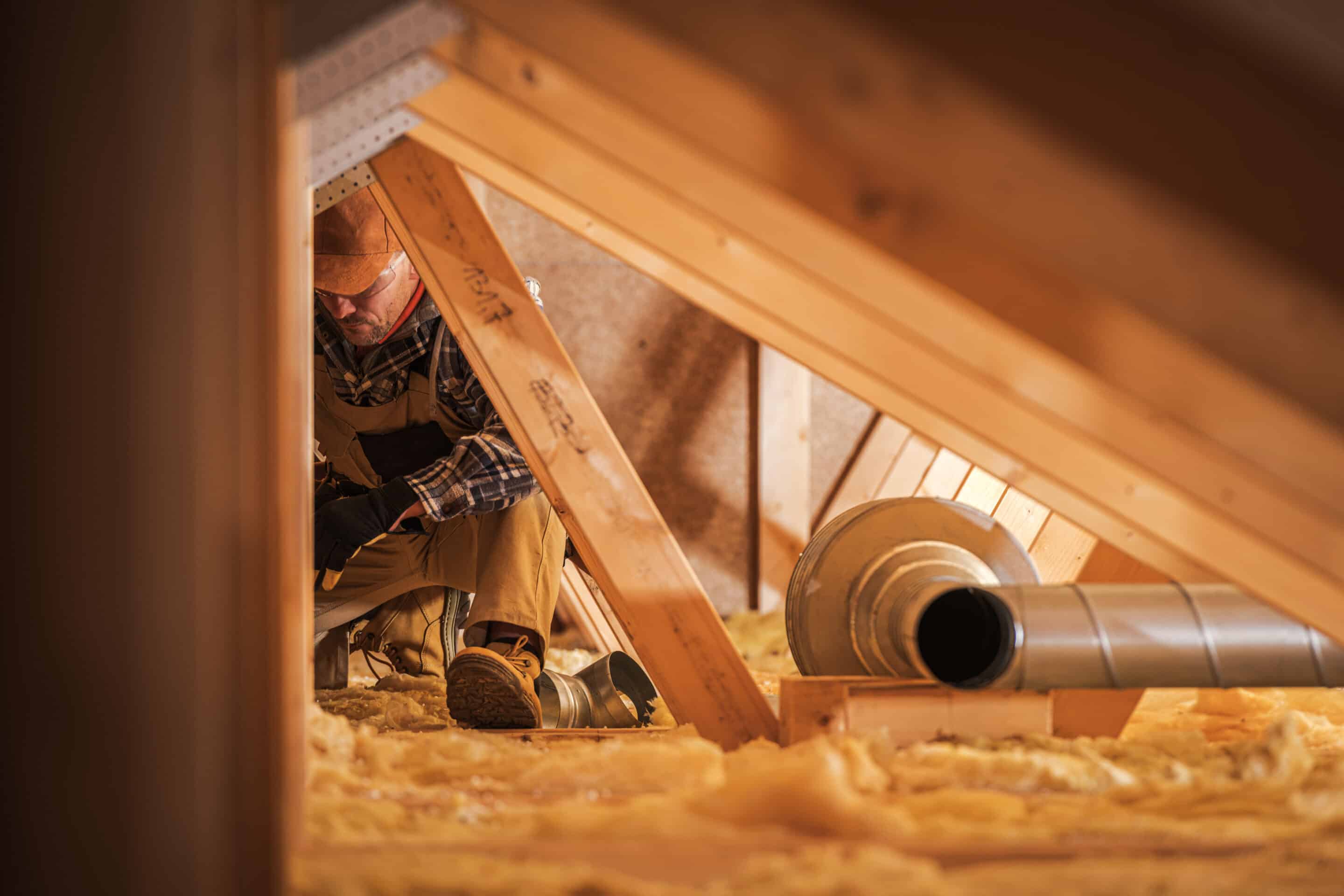
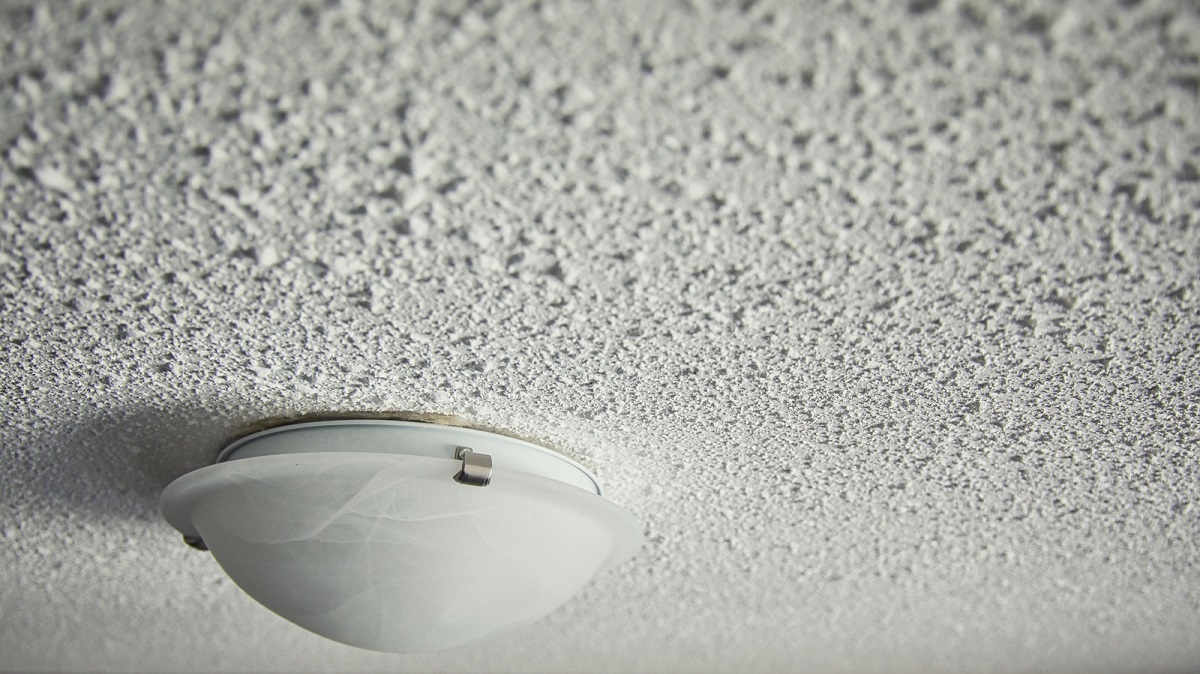

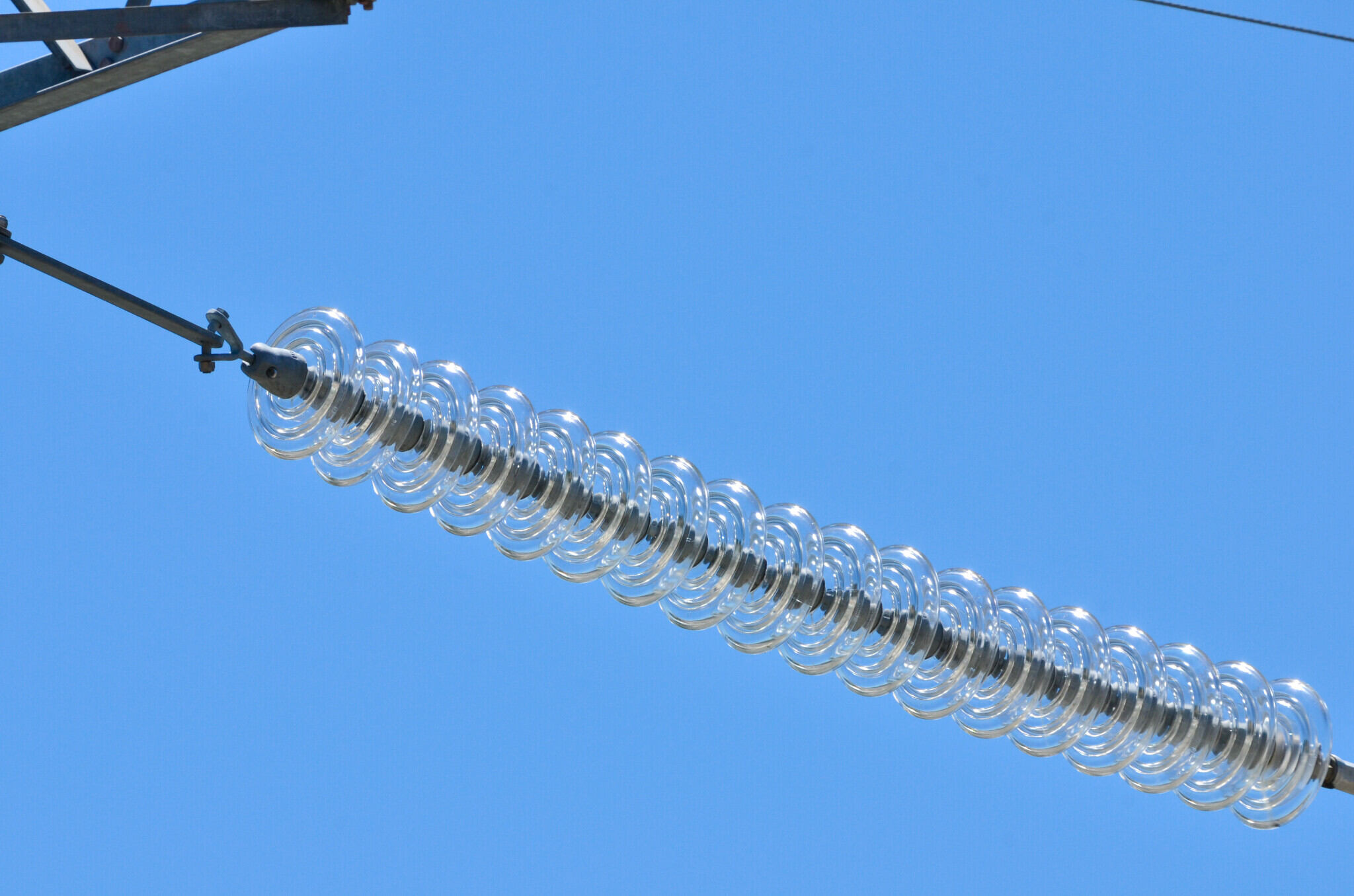
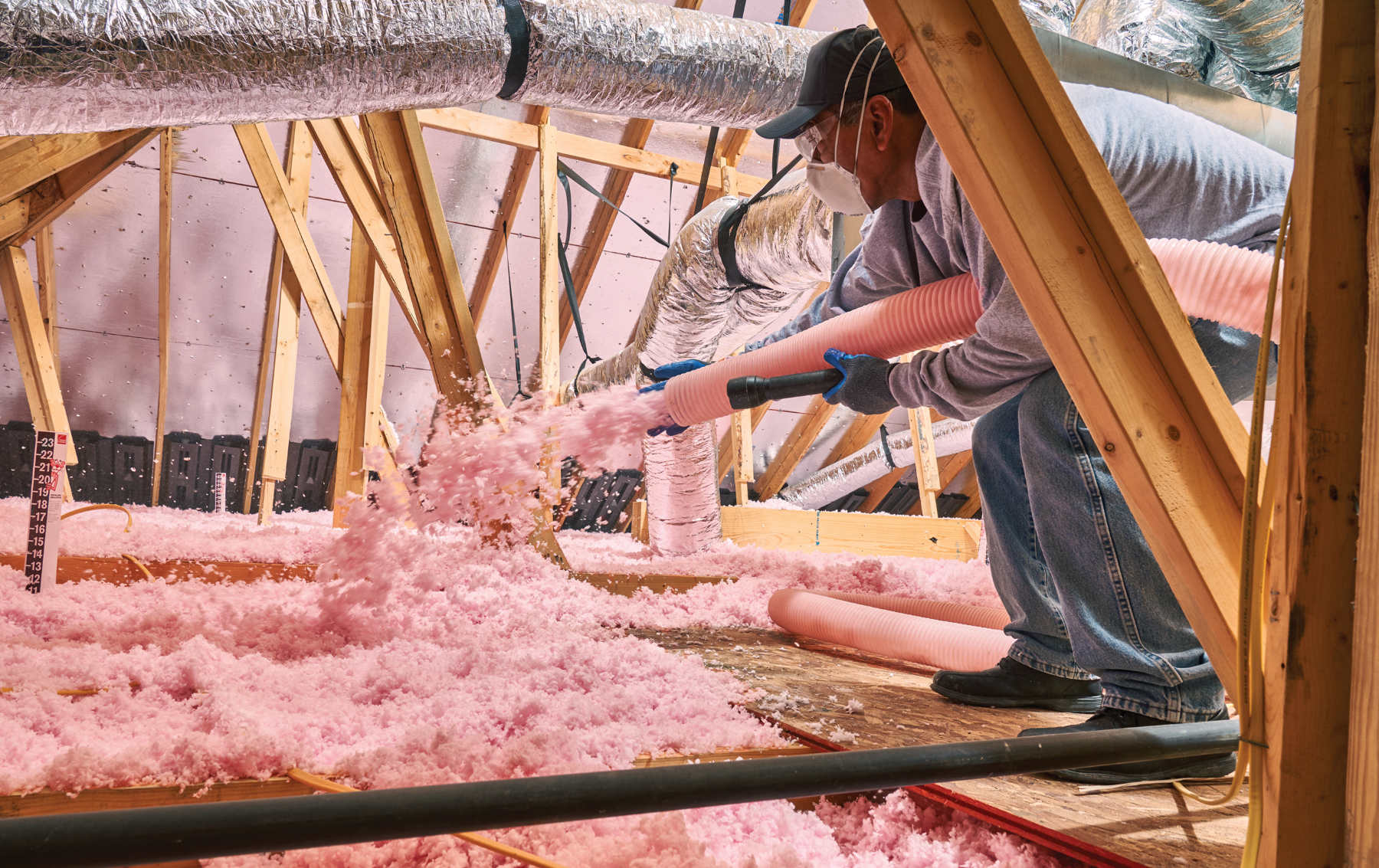

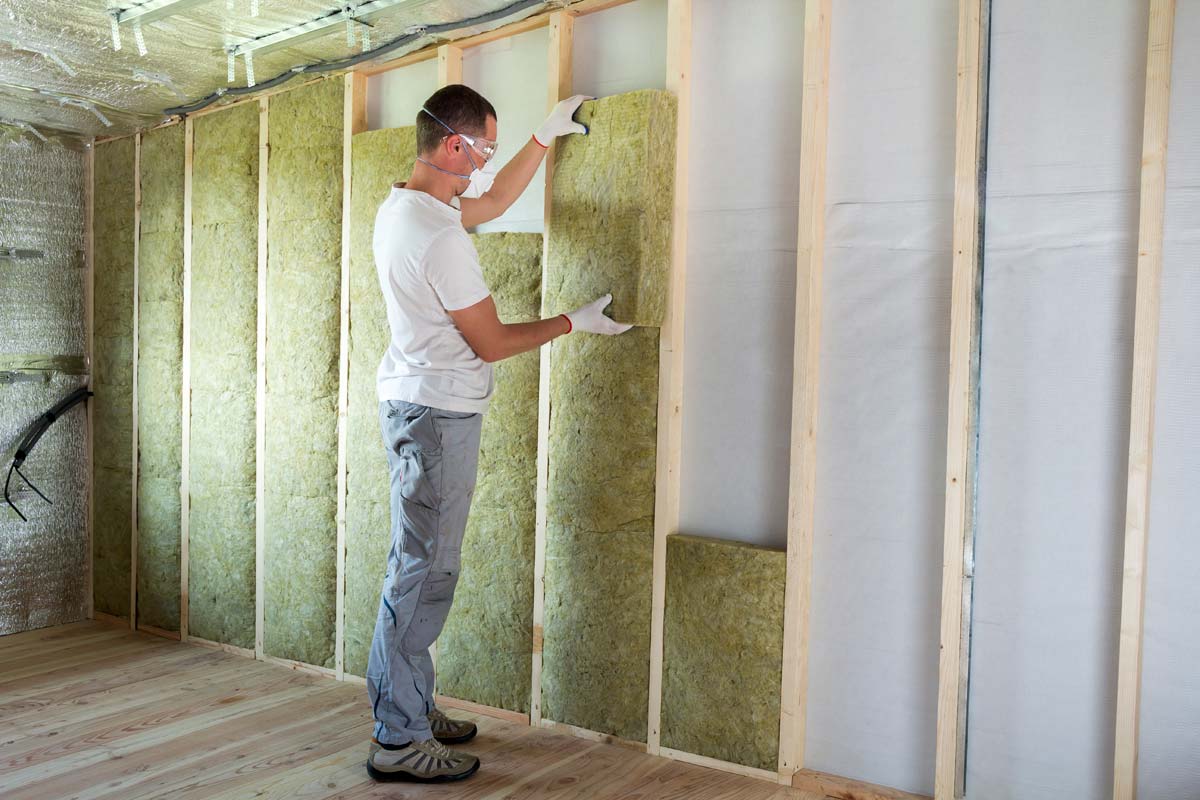
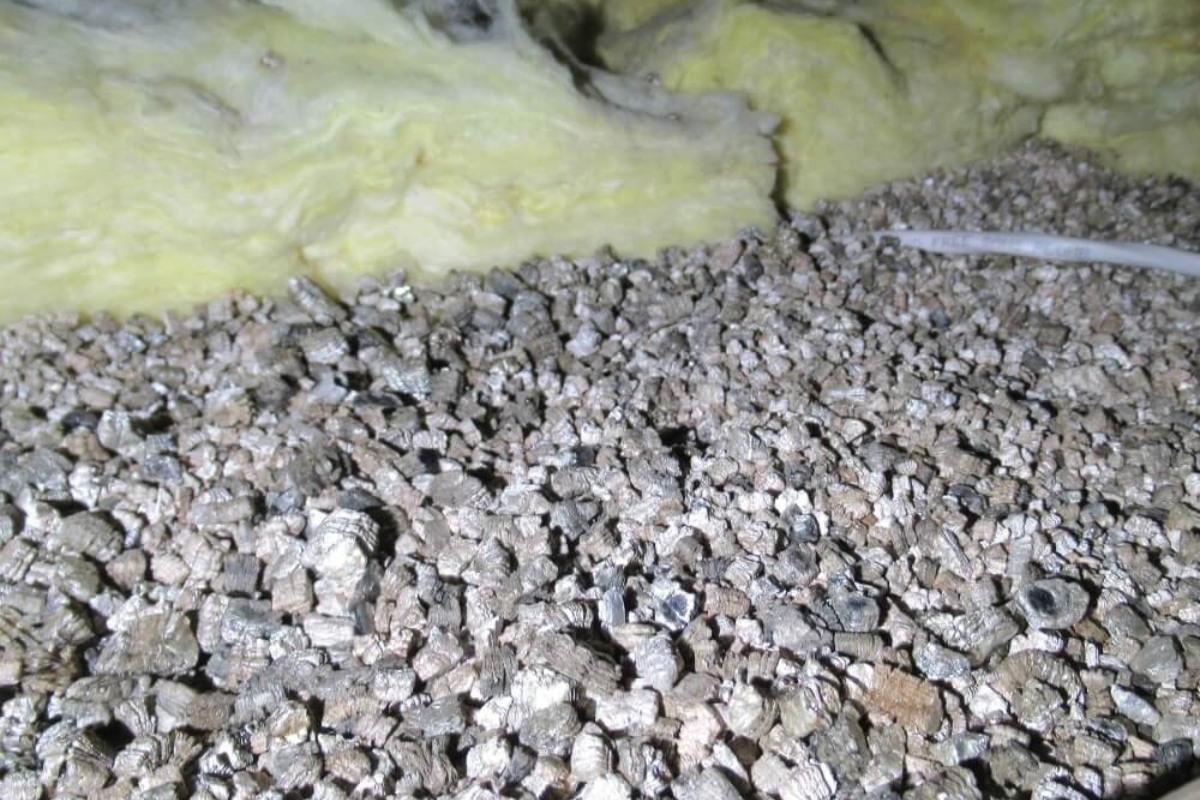
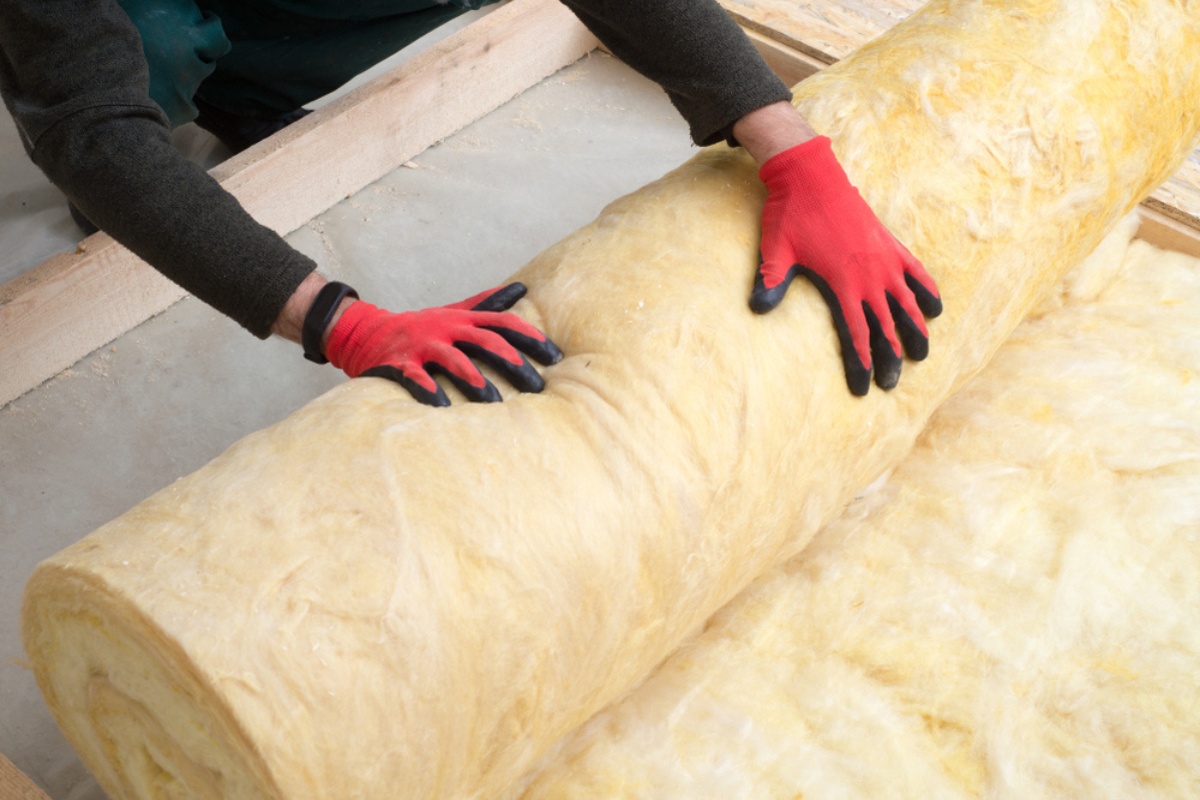
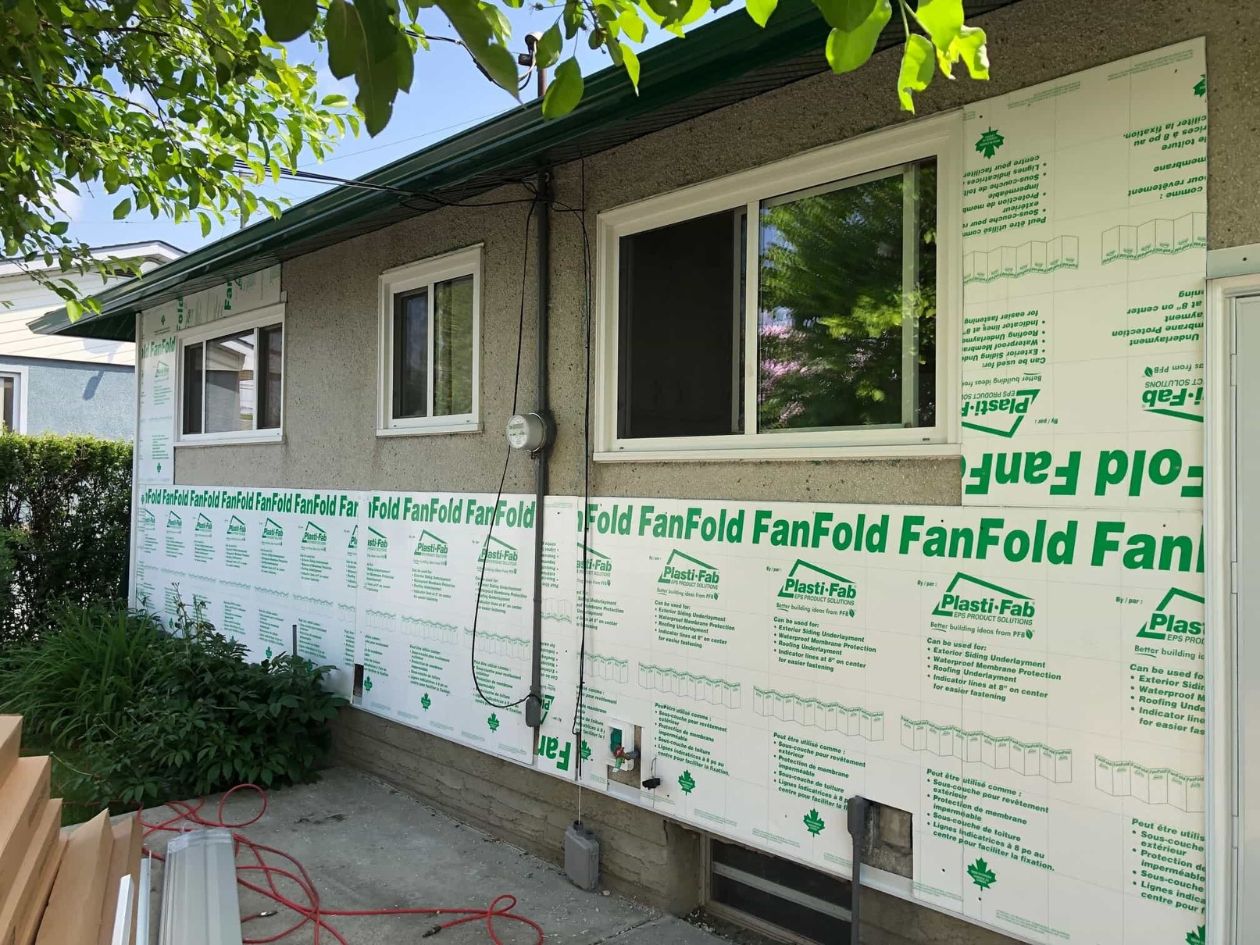
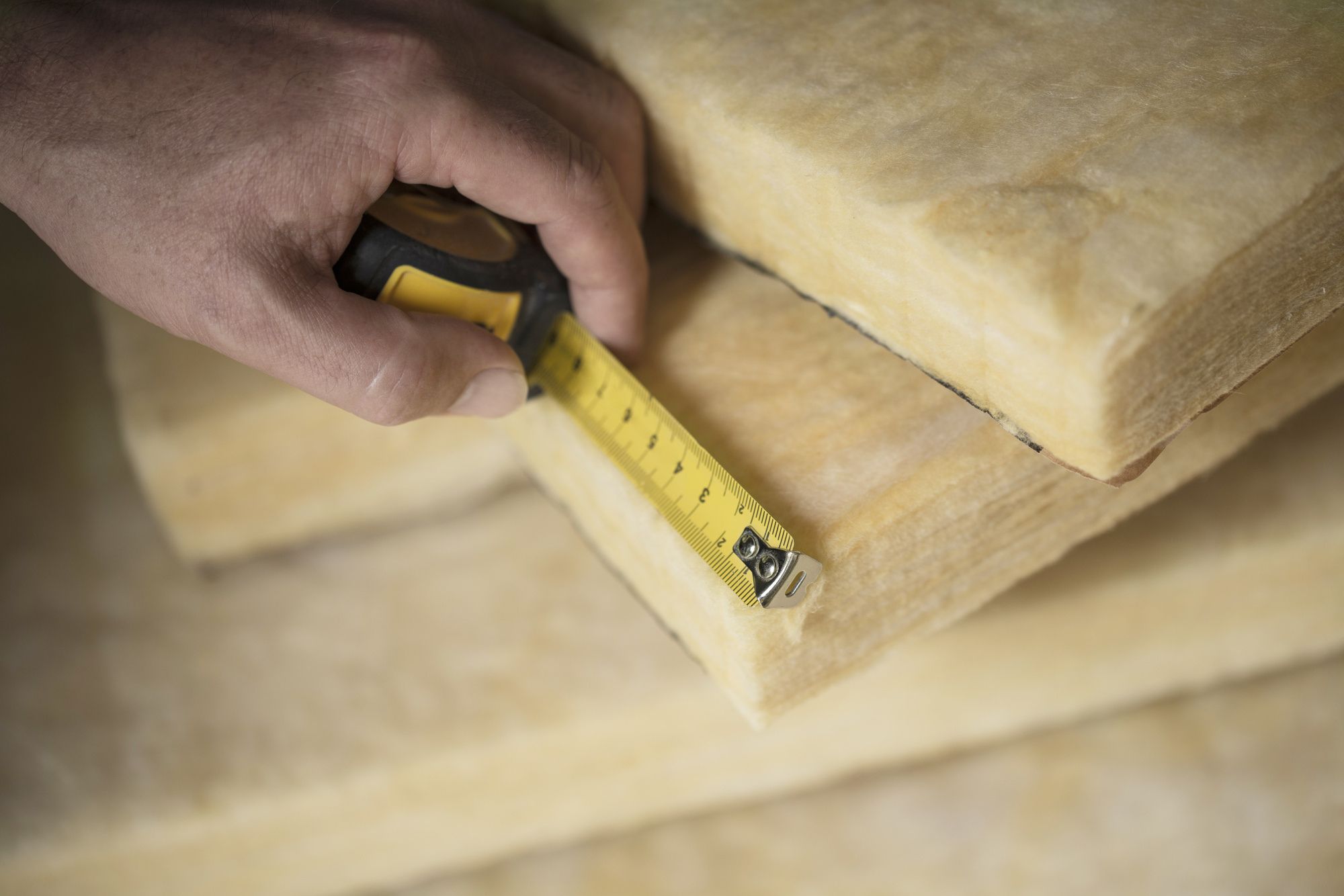

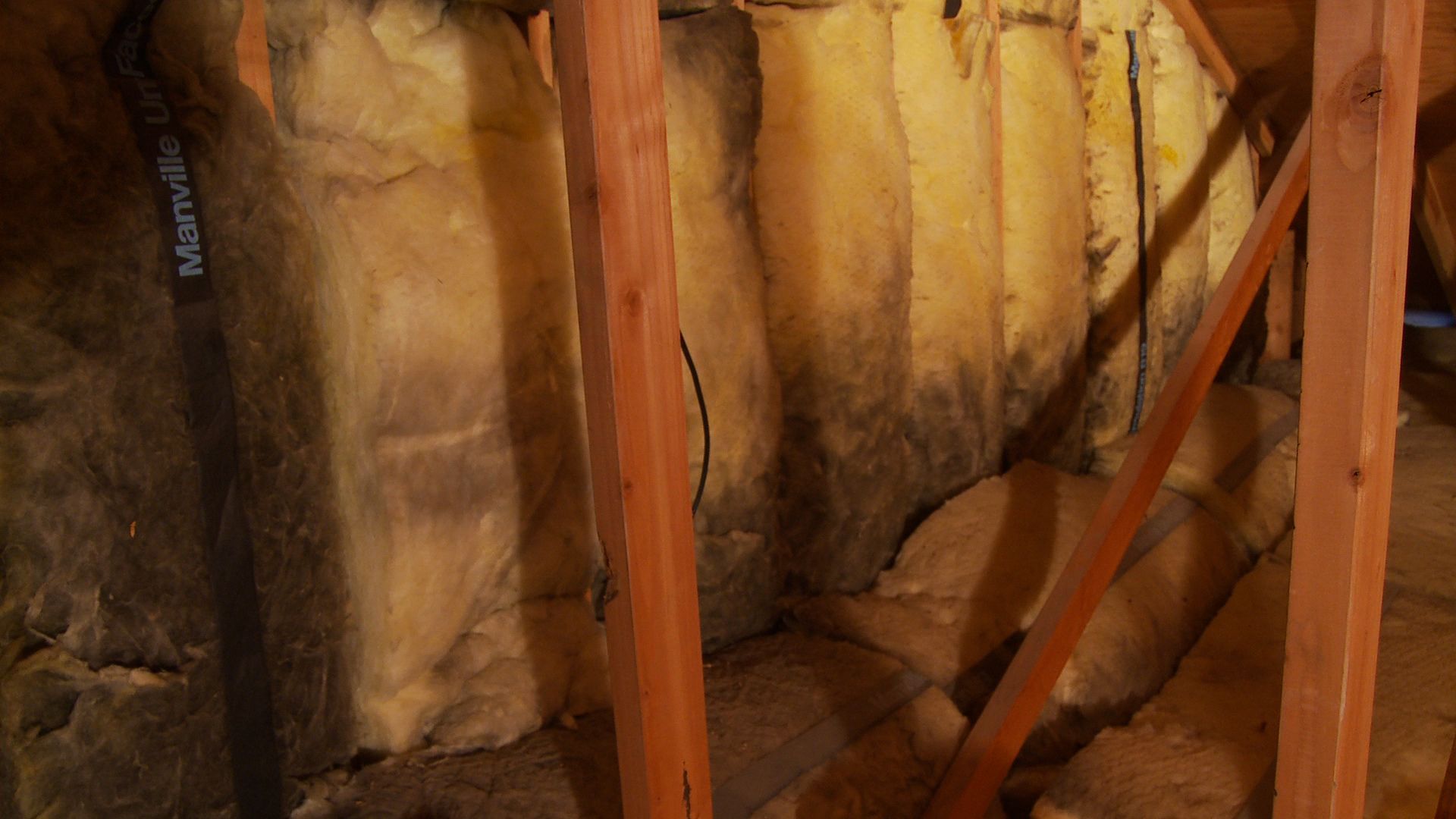

0 thoughts on “Why Is Uffi Insulation No Longer Used?”